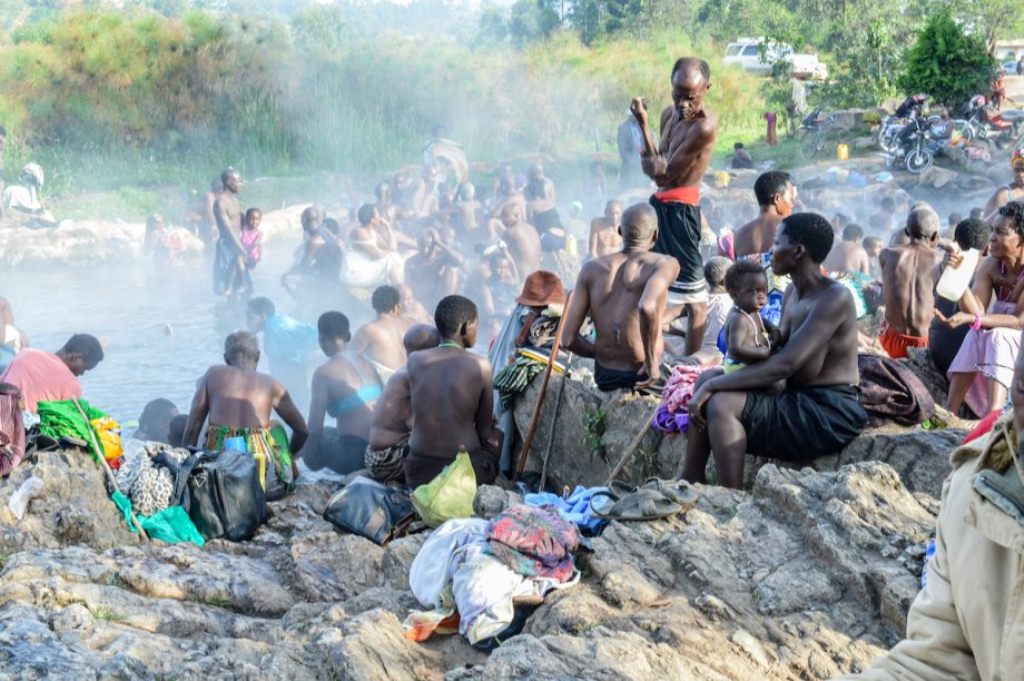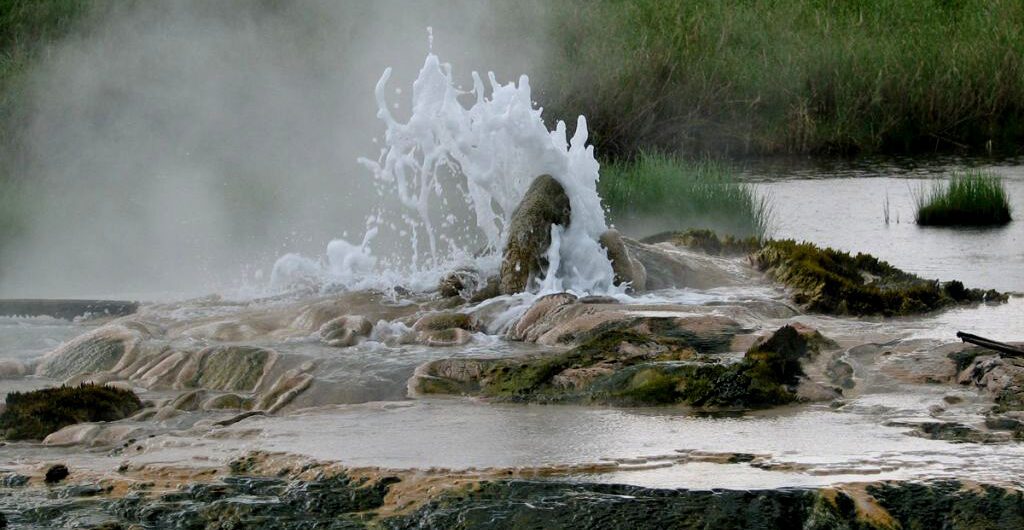The Kitagata Hot Springs Of Uganda are famous for their natural healing abilities, can be found along the Ishaka-Kagamba road in Sheema district, western Uganda. The name “Kitagata” means warmth, and the springs are divided into two parts: the hot section known as Ekyomugabe, meaning “for the king,” as kings frequented it in the past, and Mulago, named after the Mulago National Referral Hospital.
Many people with various illnesses come to Kitagata Hot Springs hoping to find healing by either bathing in the water or drinking it. The springs are believed to possess natural healing properties, with water temperatures reaching up to 80 degrees Celsius in some areas.

Scientifically, Kitagata Hot Springs are thought to have been formed by volcanic activity underground, where heat from rocks beneath the surface warms up the water, sometimes to the point of boiling, creating the hot springs.
People believe they are healed at Kitagata Hot Springs because of minerals from the hot rocks or from just relaxing in the warm water. About 800 people visit the springs each day to bathe or collect water for curing their illnesses.
The hot springs are in a great location, offering beautiful views of the vegetation, hills, and valleys. The River Ngaromwenda feeds them, but locals worry that when the river floods, the springs might get too cold.
Tourists visiting western Uganda, especially those going to Queen Elizabeth National Park or Bwindi Impenetrable Forest, can include a stop at the hot springs in their itinerary. The tour lasts about an hour, where visitors can learn about the springs’ healing powers and see people bathing, showing their belief in its healing properties.
Visiting the hot springs is a chance to enjoy nature, witnessing the hot water that is so warm it can boil eggs and make porridge.
The place is always bustling, with people arriving and leaving after finding relief for their illnesses. There are grass-thatched and small rooms with corrugated iron sheets available for rent at a small fee for those needing rest. Despite many people bathing in the same water, there have not been any recorded cases of disease transmission. Visitors are required to pay a small entrance fee and follow the rules and regulations set for the hot springs.


Comments